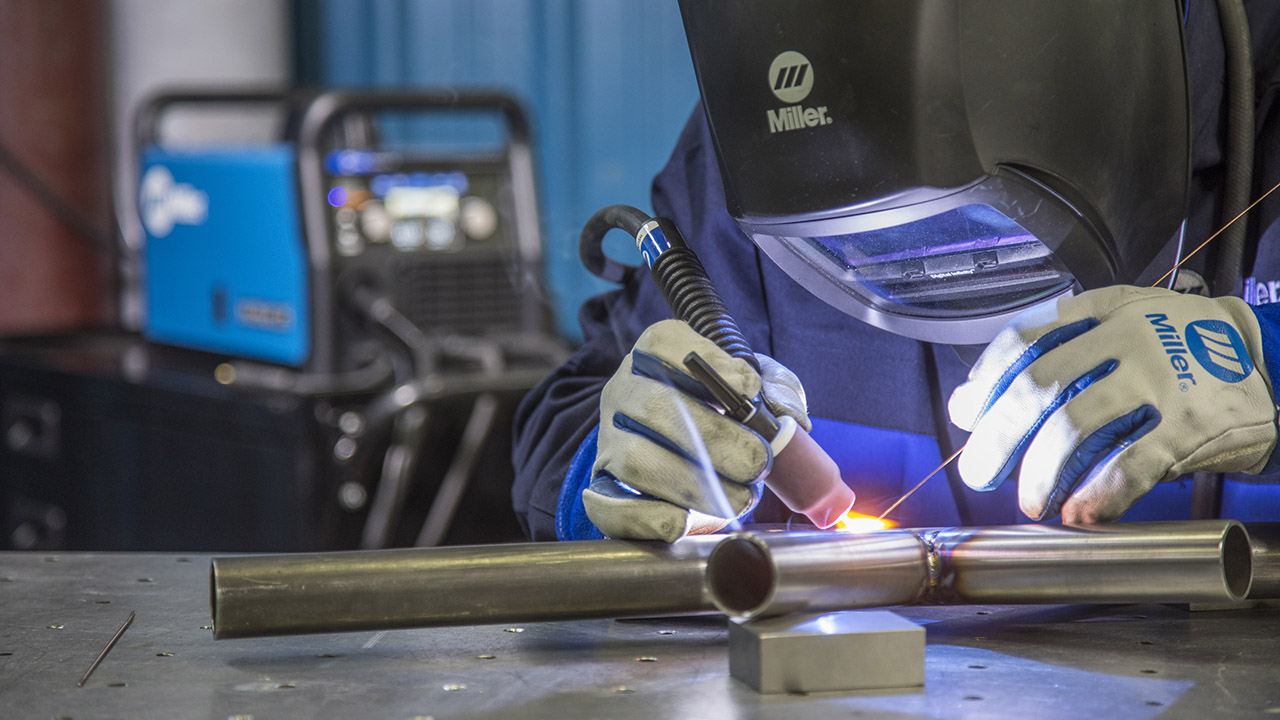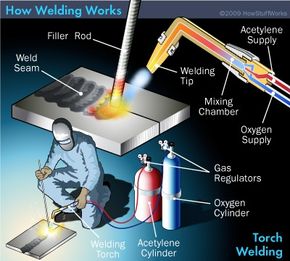The Ultimate Overview to Welding WPS Procedures: An Extensive Overview for Welders
In the complex globe of welding, Welding Procedure Specifications (WPS) offer as the backbone of guaranteeing high quality, consistency, and security in welding operations (welding WPS). As we dive right into the different elements of a WPS and check out the complexities of certification and accreditation, we will uncover the vital role these treatments play in the world of welding.
Relevance of WPS Procedures
Comprehending the value of Welding Procedure Specifications (WPS) treatments is important for guaranteeing the quality and stability of bonded frameworks. WPS procedures act as a roadmap for welders, laying out the needed actions, criteria, and products called for to accomplish an audio weld. By sticking to WPS guidelines, welders can ensure uniformity in their work, resulting in dependable and structurally sound welds.
Among the primary reasons that WPS treatments are important is their role in keeping weld high quality and integrity. Adhering to the defined welding criteria and methods laid out in the WPS aids protect against defects such as porosity, breaking, or insufficient combination, which can jeopardize the toughness and longevity of the weld. Furthermore, WPS procedures are vital for guaranteeing conformity with market criteria and codes. By complying with well established WPS guidelines, welders can show that their job fulfills the needed needs for safety and security and quality, offering assurance to clients, examiners, and regulative bodies. In significance, the significance of WPS treatments can not be overemphasized, as they are fundamental to attaining consistent, top notch welds that satisfy market standards and specifications.

Elements of a WPS
A Welding Treatment Specification (WPS) generally comprises essential components that detail the details requirements for executing a weld, making certain consistency and top quality in the welding process. The key parts of a WPS include essential variables such as base steels, filler metals, preheat and interpass temperature levels, welding procedures, protecting gases, welding positions, and post-weld warm treatment requirements.
Base steels refer to the products being signed up with, while filler steels are made use of to load the void in between the base steels during welding. The welding process lays out the particular method to be used, whether it's gas metal arc welding (GMAW), secured steel arc welding (SMAW), or one more technique. Welding settings define the positionings in which welding can be carried out.

Certification and Accreditation
Having actually established the vital components of a Welding Treatment Requirements (WPS), the emphasis currently changes towards the essential aspects of qualification and qualification in welding techniques.

Qualification, on the various other hand, is the formal recognition of a welder's credentials by a pertinent qualification body or organization. Welding qualifications are commonly based on the specific welding processes, products, and placements a welder is qualified to collaborate with. Holding a legitimate welding qualification shows that a welder meets industry criteria and is competent to carry out welding tasks to the called for requirements.
Developing a WPS
To develop a Welding Treatment Requirements (WPS) that fulfills sector requirements, cautious consideration of welding processes, materials, and functional criteria is crucial (welding WPS). The very first step in producing a WPS is to determine the welding process to be used, such as gas steel arc welding (GMAW) or protected metal arc welding (SMAW) dig this As soon as the welding process is identified, the next essential element is selecting the suitable materials, thinking about elements like base steel kind, thickness, and joint layout. Functional specifications such as welding current, voltage, traveling rate, and protecting gas composition must additionally be meticulously defined in the WPS.

Implementing and Checking WPS
Upon completing the comprehensive Welding Procedure Spec (WPS) that carefully details welding procedures, materials, operational criteria, and quality control procedures, the focus moves to efficiently implementing and monitoring the well-known treatments. Implementation includes guaranteeing that all welders associated with the project recognize with the WPS and follow it diligently throughout the welding process. This needs offering sufficient training and guidance to ensure adherence to the defined treatments. Keeping track of the WPS involves continuous oversight to confirm that welding activities line up with the recorded specs. Assessments, screening, and quality control actions are important components of the surveillance process to determine any type of inconsistencies or issues quickly. Routine audits and reviews of the welding procedures aid in keeping uniformity and high quality throughout the task. Efficient execution and monitoring of the WPS are crucial for making sure the integrity, stamina, and security of the bonded joints, inevitably adding to the total success of the welding project.
Final Thought
To conclude, understanding and complying with Welding Treatment Requirements (WPS) is critical for welders to make certain high quality, consistency, and security in their work. By knowing the parts of a WPS, acquiring proper site here certifications and certifications, developing in-depth treatments, and carrying out and monitoring them properly, welders can improve their abilities and efficiency in welding techniques. Abiding by WPS procedures is vital for generating top quality welds and conference market criteria.
In the detailed globe of welding, Welding Treatment Specs (WPS) offer as the foundation of guaranteeing high quality, uniformity, and security in welding operations. The welding process lays out the specific method to be used, whether it's gas metal arc welding (GMAW), secured metal arc welding (SMAW), or an additional technique.To develop a Welding Procedure Spec (WPS) that fulfills industry requirements, careful consideration of welding procedures, materials, and functional parameters is vital. The initial step in creating a WPS is to recognize the welding procedure to be made use of, such as gas metal arc welding (GMAW) or protected steel arc click to find out more welding (SMAW)Upon completing the detailed Welding Procedure Specification (WPS) that diligently details welding procedures, products, functional criteria, and quality assurance measures, the emphasis changes to effectively implementing and checking the well established procedures.